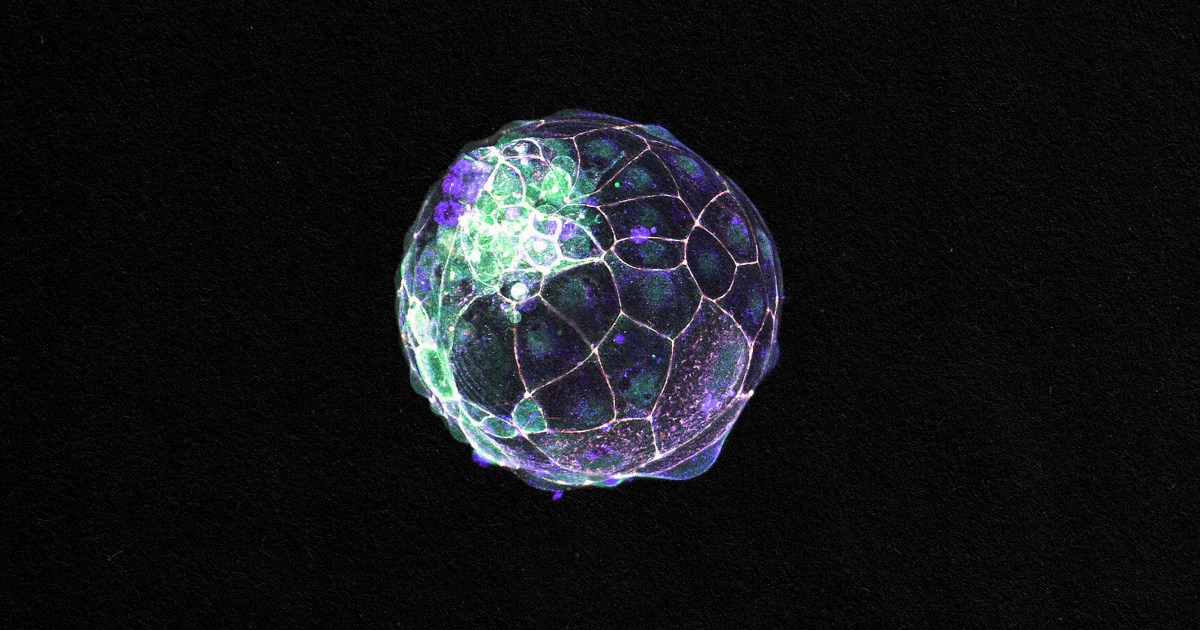MADRID – Smokers with extreme phenotypes of high risk and low risk of developing tobacco-related lung cancer have different genetic profiles, according to several studies conducted by experts at the Cancer Center of the University of Navarra Clinic (CUN). The results were presented at the last meeting of the American Society for Clinical Oncology held in Chicago, United States.
Ana Patiño García, PhD, director of the Genomic Medicine Unit at CUN and coordinator of the research, explained. Medscape Spanish Edition the main reason for doing this study. “This study comes directly from the oncology clinic, where we often encounter lung cancer patients who have never smoked or who smoke very little, while we all know people who have smoked heavily all their lives and never had cancer. . These observations have prompted us to ask whether there are genetic factors that increase or decrease the risk of cancer and protect people from the disease.”
José Luis Pérez Gracia, MD, PhD, oncologist, coordinator of the Department of Oncology Trials at CUN and one of the people in charge of this research, said, “This is the first study to confirm the genetic factors associated with people who seem to be resistant to the development of lung cancer related to tobacco or who , on the other hand, are at high risk of developing this disease.
The Pioneer Way
Previous evidence has shown that some smokers develop cancer, and others do not. “This is very well known, since everyone knows about an elderly person who smoked a lot and did not develop lung cancer,” said Pérez. “Unfortunately, we oncologists meet young smokers who have been diagnosed with this disease. However, despite the importance of understanding the reasons behind these phenotypes, it is a question that has not been studied from a genetic perspective.”
The study was conducted using DNA from 133 smokers who did not develop lung cancer at the age of 80, and from another 116 smokers who developed this type of cancer at the age of 50. This DNA was sequenced using next generation techniques, and the results were analyzed using bioinformatics and artificial intelligence systems in collaboration with the University of Navarra Applied Medical Research Center and the University of Navarra School of Engineering.
When asked how this methodology can be used to support other research done along these lines, Patiño said, “The most novel thing about this research is its method. developing lung cancer and how much they smoked. This type of comparative design is called extreme phenotypes, and its main distinguishing feature – which is its most limiting feature – selecting conditions and managing it well. Obviously, with today’s next-generation sequencing technology, we are achieving a quantity and quality of data that was unattainable years ago.”
Talking about the role played by bioinformatics and artificial intelligence in this research, Patiño explained that new methods. “In fact, these technologies can be considered to be guiding much of the biomedical research that is done today. They have set a certain level of paradigm shift where the researcher asks the data a question, and in the case of artificial intelligence. , it is the data that answers.”
Identifying genetic differences
In his analysis of the significant data and conclusions from this study, Pérez said, “The most important thing we have seen is that both people have genetic differences. This shows that our hypothesis is correct. Of course, many studies involving a large number of people will be needed to confirm these results. For now First, our work laid the foundation for developing this line of research.”
“Many of the genes that we have identified as variations in conditions and controls are found in genes associated with the immune system (HLA system), in genes associated with functional mechanisms that are often altered in tumor development, and structural proteins and genes associated with cell movement,” emphasized Patiño.
Most of the genetic markers found are found in genes with functions related to the development of cancer, such as immune response, genetic modification, inflammation control, etc. This finding is very important, said Pérez. “However, we must remember that these phenotypes can be caused by multiple causes, not a single cause.”
Furthermore, the expert explained the next steps to be taken in the context of the line opened by this research. “First, we need to expand these studies, including more people, if possible, and extreme phenotypes: older and younger smokers, respectively. Once the statistical evidence is stronger, we need to confirm that the changes observed in lab-based studies really have an impact on gene activity.”
Early Diagnosis
The doctor also discussed the ways in which the results of this study can be used in clinical practice now and in the future, and how the results can benefit these patients. “The results of our research can help in early identification of those people who are at high risk of developing lung cancer if they smoke, so that they can be included in smoking prevention programs or help them to quit smoking,” he said. Pérez. “It also allows early detection of cancer at a time when there is a high chance of cure.
“However, the most important thing is that our study may allow us to better understand the mechanisms by which cancer develops and, in particular, why some people do not develop it. [understanding] may lead to new diagnostic techniques and new treatments for the disease. The techniques needed to develop this line of research (bioinformatic mass sequencing and artificial intelligence) are available and more reliable and more accessible every day. So, we believe our plan is very realistic,” he added.
Although the line of research opened by this study shows a new situation, experts still have to face many challenges to find out why some people who smoke are more likely to develop lung cancer than others.
“There are many avenues of research on this issue,” Pérez said. “But to name a few, I would draw attention to the need to increase the number of cases and controls to improve the comparison, to study patients with other tumors related to tobacco use, to ask new questions using the data we have already collected, and other genomic techniques that may allow us to carry out additional studies of genetic variants that have not yet been explored. And , of course, we need to use functional studies to increase our understanding of the function and function of genes that have already been identified.”
Patiño and Pérez have declared that they have no relevant financial disputes.
Follow Carla Nieto of Medscape Spanish Edition on Twitter: @carlanmartinez.
This article was adapted from Medscape Spanish Edition.
#Genetic #Profiles #Affect #Lung #Cancer #Risk #Smokers





